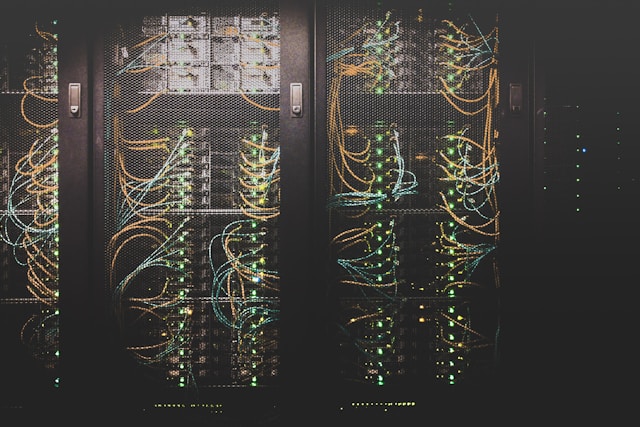Our recent survey revealed that only 15% of Australian organisations use residential proxy detection, exposing a significant vulnerability in security postures. This low adoption rate stems partly from the ineffectiveness of traditional detection methods employed by legacy bot protection providers, especially in the face of modern network complexities like CGNAT and NAT.
The Shortcomings of Traditional Methods
Legacy bot protection providers often rely on a combination of IP reputation, network characteristics, header analysis, and JavaScript-based detection to identify proxy usage. However, these methods fall short when faced with sophisticated residential proxies:
- IP and ASN categorisation: Rapidly becomes outdated as new proxy networks emerge.
- Network-level checks: Can be easily circumvented by well-configured proxies.
- Header analysis: Proxies can manipulate HTTP headers to mimic legitimate traffic.
- JavaScript-based detection: Ineffective against headless browsers and leaves API endpoints vulnerable.
The CGNAT and NAT Challenge
A critical limitation of traditional methods is their inability to distinguish between legitimate traffic and proxy traffic originating from the same IP address. This issue is exacerbated by the widespread use of Carrier-Grade NAT (CGNAT) and Network Address Translation (NAT):
- CGNAT: Used by ISPs to conserve IPv4 addresses, resulting in multiple users sharing a single public IP.
- NAT: Commonly used in home and business networks, allowing multiple devices to use one public IP address.
As a result, legitimate users and those using residential proxies can appear to come from the same IP address. Traditional detection methods based on IP reputation or geolocation are rendered ineffective, as they cannot differentiate between these types of traffic.
This scenario creates a significant challenge:
- Blocking suspicious IPs risks denying service to legitimate users.
- Allowing all traffic from these IPs opens the door to potential abuse via residential proxies.
Traditional methods simply cannot pull apart these different types of traffic reliably, leading to either excessive false positives or dangerous security gaps.
The Need for Sophisticated Network Fingerprinting
To effectively detect and mitigate threats from residential proxies, while allowing legitimate traffic from shared IPs, a more nuanced approach is required. Sophisticated network fingerprinting offers a solution that addresses the limitations of traditional methods:
- Deep packet inspection: Analyses traffic patterns and characteristics beyond surface-level indicators.
- Protocol behaviour analysis: Identifies subtle anomalies in how network protocols are implemented across the proxy chain.
- TLS fingerprinting: Examines unique characteristics of TLS handshakes to detect proxy usage.
- Timing analysis: Measures minute differences in network latency that can indicate the presence of a proxy.
By employing these advanced techniques, it becomes possible to accurately detect proxy usage on a per-connection basis, for both web traffic and API calls, even when traffic originates from shared IP addresses. This approach provides several key advantages:
- Improved accuracy: Significantly reduces false positives and negatives compared to traditional methods, even in CGNAT and NAT scenarios.
- API protection: Effective for securing API endpoints, which are often overlooked by JavaScript-based solutions.
- Real-time detection: Allows for immediate action against detected proxy usage without impacting legitimate users.
- Adaptability: Can evolve to detect new proxy technologies as they emerge, regardless of IP sharing.
Implementing Effective Proxy Detection
To implement a robust proxy detection strategy that accounts for the complexities of modern networks, organisations should consider the following:
- Deploy solutions that utilise sophisticated network fingerprinting techniques capable of distinguishing between different types of traffic from the same IP.
- Ensure protection covers both web applications and API endpoints, as both are vulnerable to proxy-based attacks.
- Implement real-time mitigation capabilities to respond swiftly to detected threats without impacting legitimate users.
- Regularly update and fine-tune detection algorithms to keep pace with evolving proxy technologies and network architectures.
By adopting these practices, organisations can significantly enhance their ability to detect and mitigate threats from residential proxies, protecting their digital assets from credential stuffing, account takeover, and other malicious activities, while ensuring seamless access for legitimate users.
Learn more about our advanced proxy detection solution that leverages sophisticated network fingerprinting techniques to overcome the challenges posed by CGNAT and NAT.
For a deeper dive into these topics, explore our learning resources:
- Understanding Residential Proxies
- Network Fingerprinting Techniques
- In-Depth Review: TLS Fingerprinting
As proxy technologies and network architectures continue to evolve, so too must our detection and mitigation strategies. By embracing advanced network fingerprinting techniques, organisations can stay one step ahead of those seeking to exploit residential proxies for malicious purposes, while ensuring uninterrupted service for legitimate users.







